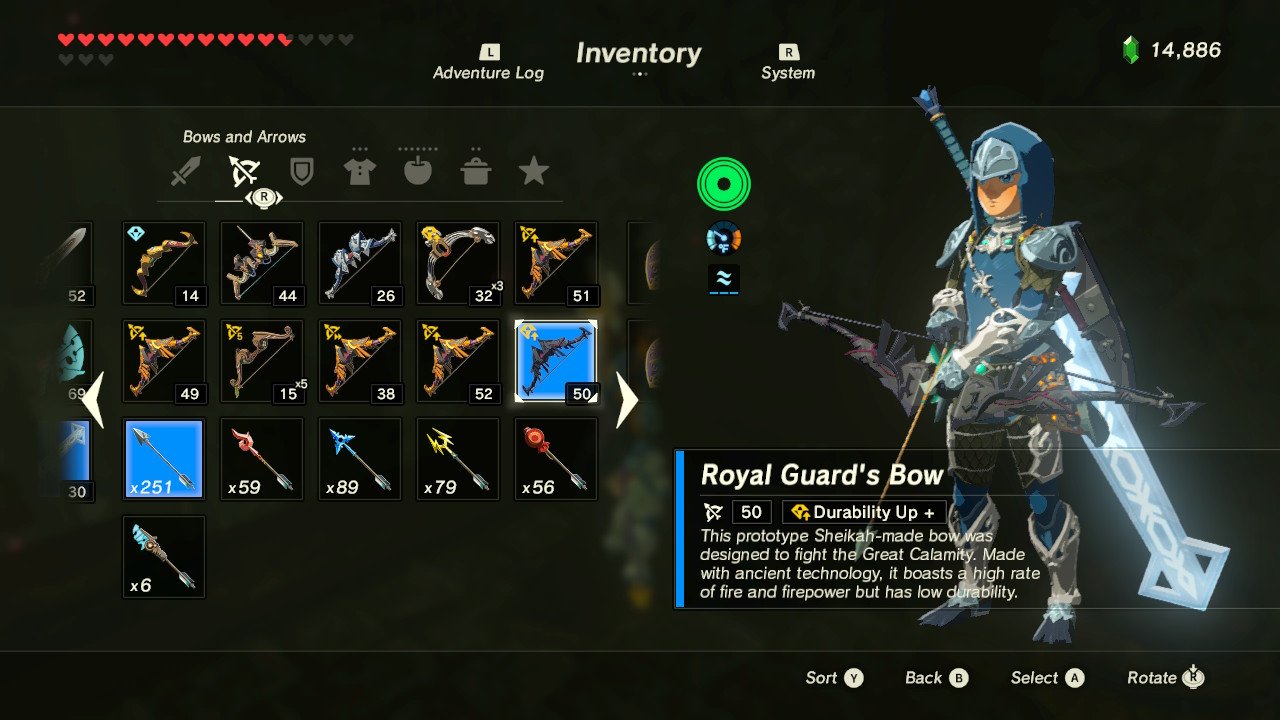The difference between Persuasive design and Nudging
Designing for persuasion is not the same as designing for digital nudging. Though both may use some similar tactics, they are two distinct approaches with different goals.
Persuasive design and nudging are both techniques used to influence user behaviour in digital products, but they approach it differently. Persuasive design uses subtle cues and incentives to guide users towards a desired action, while nudging uses gentle prompts to guide users towards a desired decision
In this blog post, we'll explore the difference between persuasive design and digital nudging. We'll look at the different goals and objectives of each approach, as well as some of the common tactics used.
What is Persuasive Design vs Digital Nudging??
Persuasive design is a term used to describe the use of design elements that encourage a desired response or action from users. This can be achieved through the use of colour, layout, language, and other design elements. Persuasive design is often used in marketing and advertising, but can also be found in areas such as website design and user interface design.
Digital nudging is a term that refers to the use of technology to influence people’s behaviour. This can be done by providing information or feedback, simplifying choices, or changing defaults. Like the persuasive design, digital nudging is often used in marketing and advertising, but can also be found in areas such as website design and user interface design.
Essentially, it comes down to intent. Persuasive design is often used with the goal of get users to do something that they may not necessarily want to do whereas digital nudging is meant to help users make better choices for themselves.
Example: Zelda Breath of the Wild
Zelda: Breath of the Wild is unique in many ways, one of which is its weapon design. In most games, weapons are designed to last forever and never break. However, in Zelda: Breath of the Wild, weapons are designed to break as a way to encourage players to keep moving. This may seem like a strange design choice at first, but it makes a lot of sense when you think about it. If players know that their weapons will eventually break, they'll be less hesitant to use them in combat. They'll also be more likely to explore the world and find new weapons to replace their old ones.



The game Zelda: Breath of the Wild makes use of both persuasive design and nudging to guide players through its open-world environment. One example of persuasive design in the game is the use of visual cues such as the placement of towers and shrines on the map. These structures are often strategically placed in areas where they can be easily seen, drawing the player's attention and encouraging exploration. Additionally, the game uses a variety of rewards and incentives, such as new weapons and abilities, to motivate players to continue exploring and completing tasks.
On the other hand, the game also uses nudging to guide players towards specific actions. One example of this is the use of prompts that appear when the player approaches an object or area of interest, giving subtle hints about what the player can do next. Additionally, the game uses a non-linear structure, giving players the freedom to explore and complete tasks in any order they choose, but at the same time, it uses other elements such as the natural progression of the story, the difficulty of the enemies, the power of the weapons, etc. to guide players towards certain objectives.
Overall, both persuasive design and nudging are used in Zelda: Breath of the Wild to create a seamless and enjoyable player experience by guiding players through the game world and encouraging them to explore and complete tasks.
Other Examples of persuasive design and digital nudging
There are many examples of persuasive design and digital nudging in action. Here are a few:
1. Social media notifications that tell you when someone has liked or commented on your post - this encourages you to keep using the platform by giving you positive reinforcement.
2. Online ads that follow you around the internet - these are designed to keep your attention focused on the product or service being advertised.
3. “Recommended for you” sections on streaming platforms like Netflix - these personalized recommendations are based on your viewing history and designed to keep you engaged with the platform.
4. In-app purchase prompts - these are designed to take advantage of our natural impulse to buy something when it’s convenient and easy to do so.
5. “You may also like” sections on ecommerce websites - these use algorithms to show you items that are similar to what you ’ve viewed or purchased in the past, in the hopes that you’ll buy them as well.
Which is better?
When it comes to designing user experiences, “which is better” will depend on your goals. If you're trying to get users to take a specific action, then a persuasive design may be more effective. However, if you just want to nudge users in a certain direction or make sure they have all the information they need to make a decision, then digital nudging might be a better approach.
Looking at the two images can you tell which one is Persuasive design or Nudging design?
Conclusion
Persuasive design and digital nudging are both effective ways to influence user behaviour. However, there are some key differences between the two approaches. Persuasive design is more overt in its attempt to change user behaviour, while digital nudging is more subtle.
Additionally, persuasive design typically relies on positive reinforcement to encourage desired behaviours, while digital nudging often uses negative reinforcement (such as alerts or fines) to discourage unwanted behaviours. Ultimately, both techniques can be effective in changing user behaviour, but it's important to choose the right approach for your specific needs. Thanks for reading!


